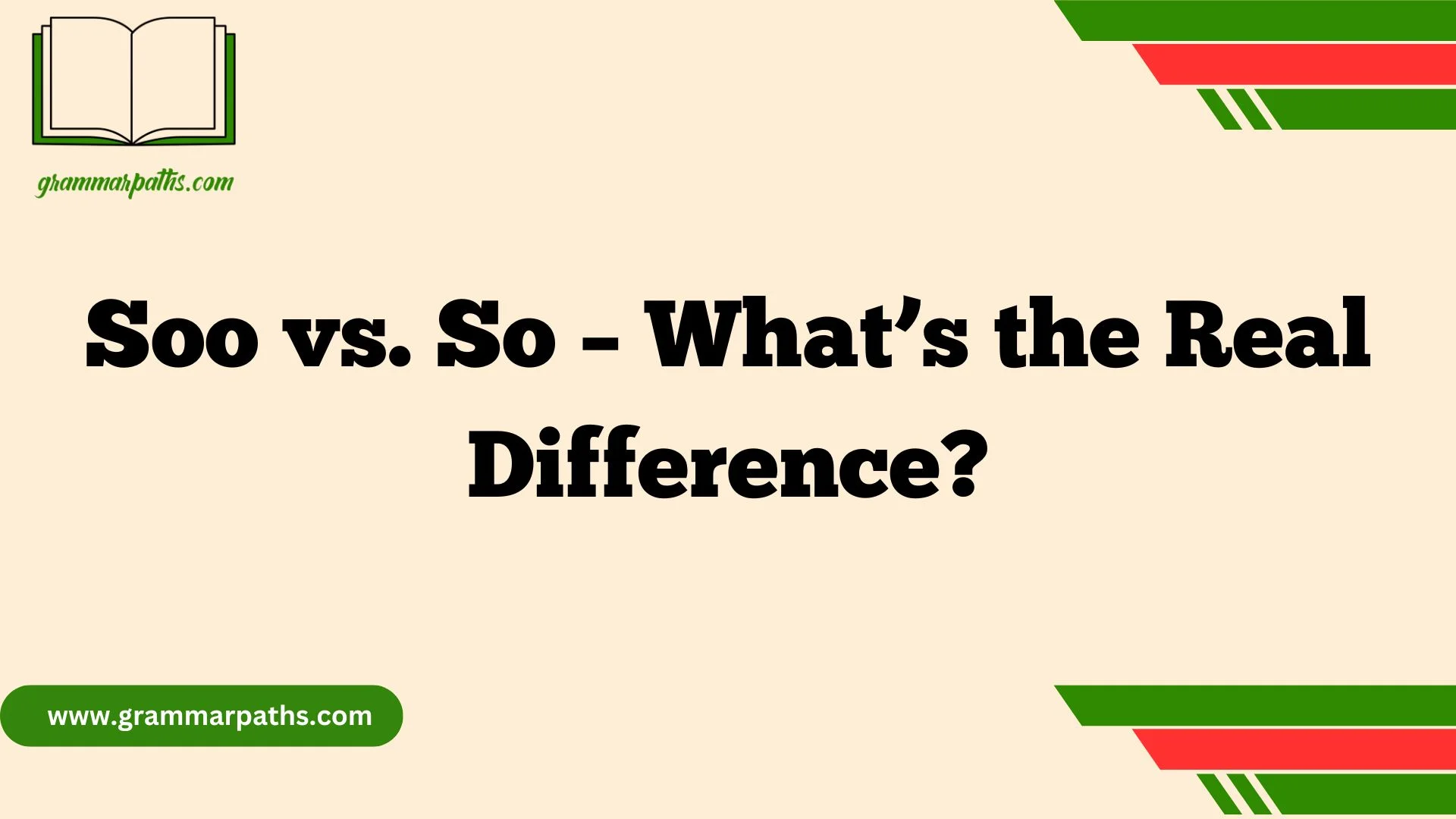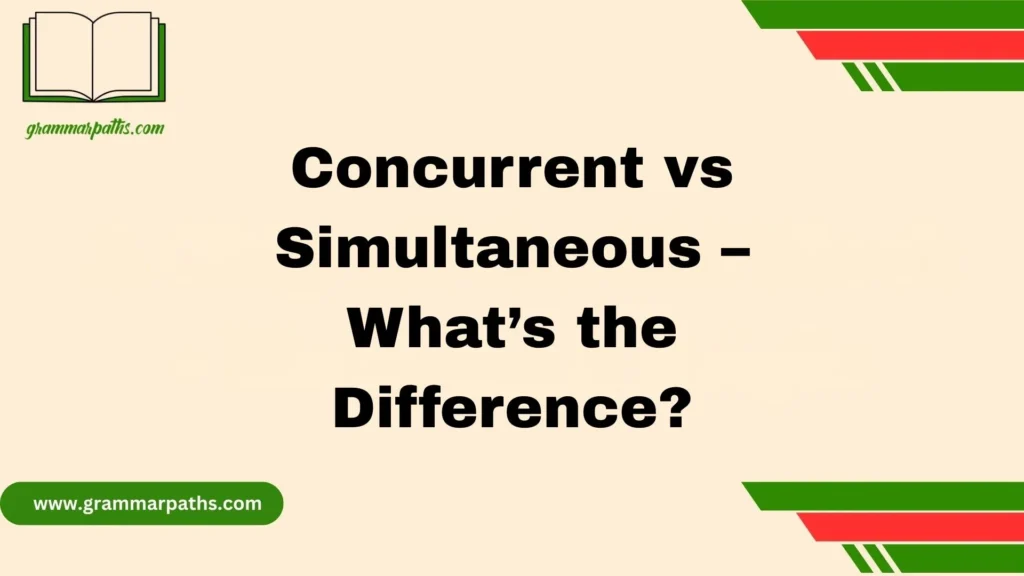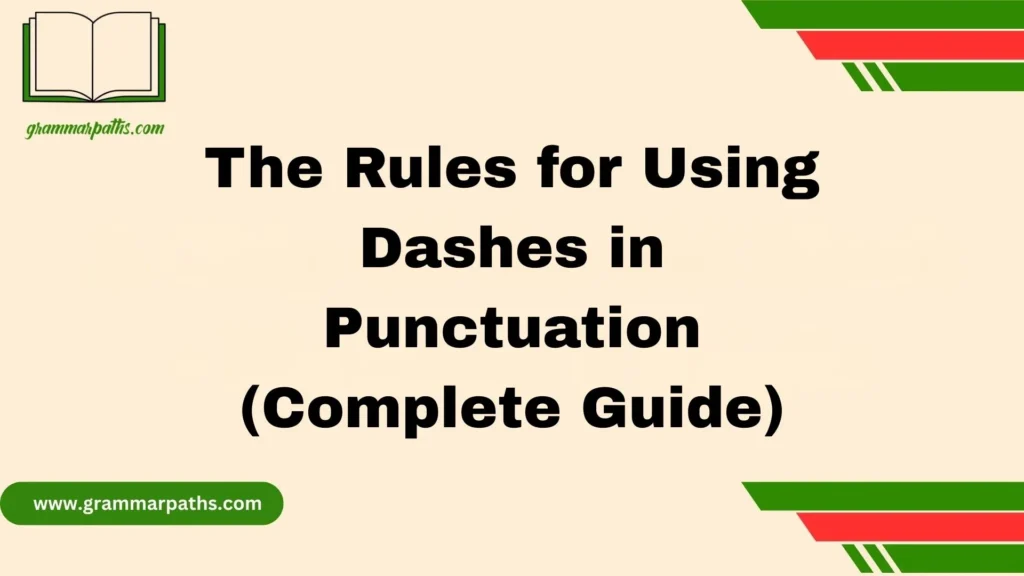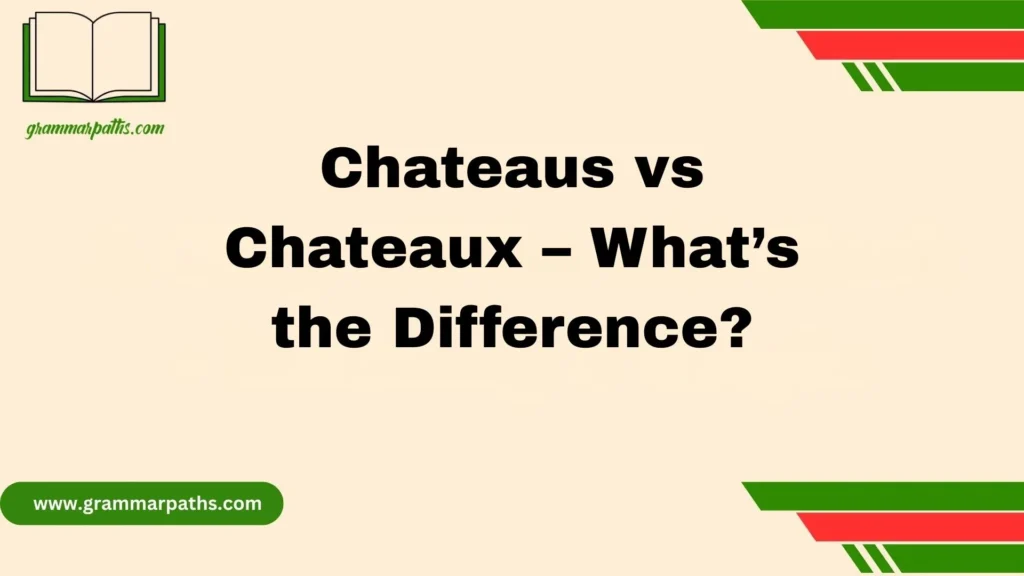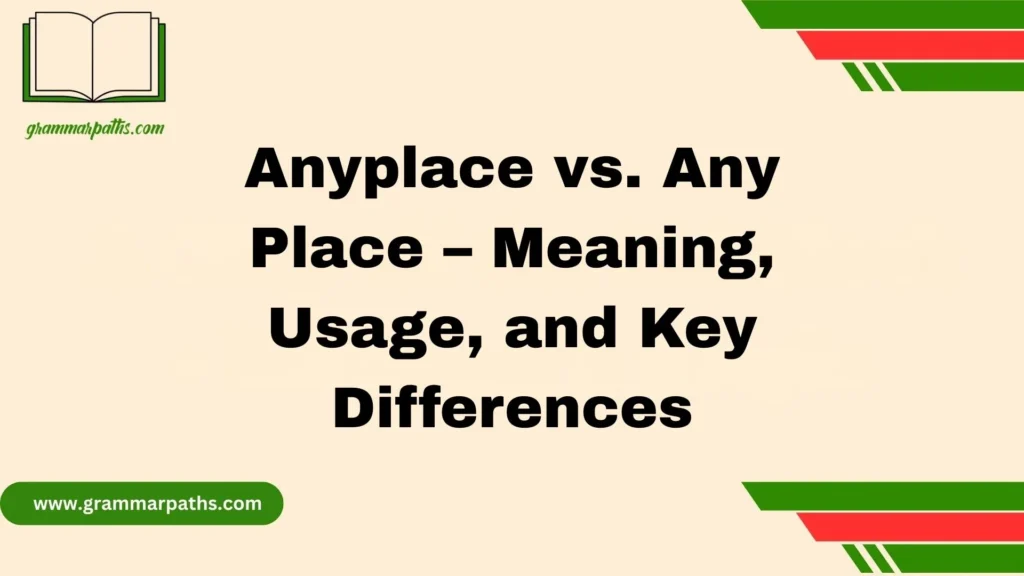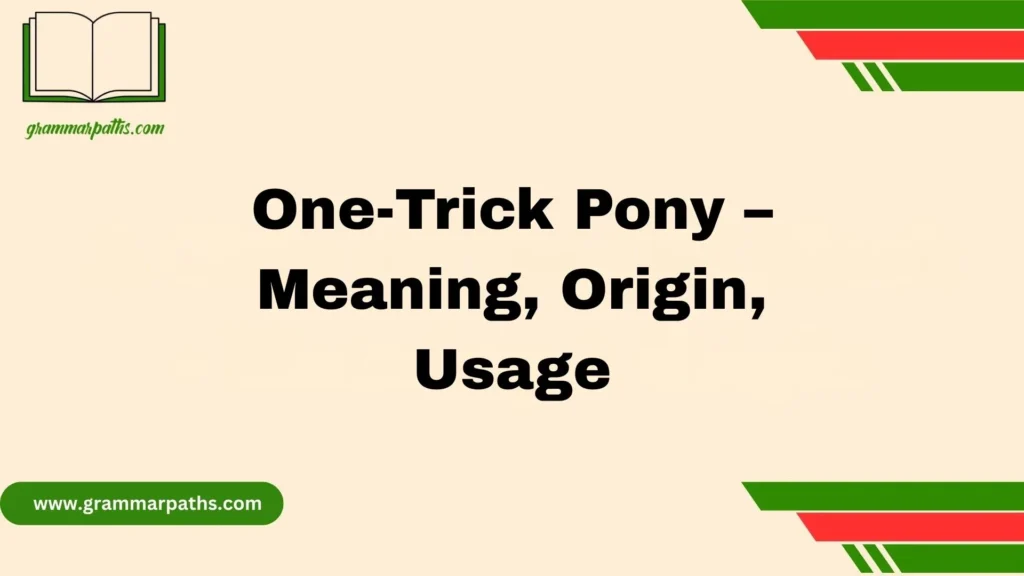We’ve all been there. You’re scrolling through texts or skimming a tweet and suddenly spot it: someone writes, “I’m soo tired” instead of just saying “I’m so tired.” You pause. You wonder: is that a typo, or are they trying to say something else? And why do some people stretch it out like that—“soooo”?
It might seem small, but understanding the difference between “so” and “soo” can change how you communicate online, in writing, or even in conversation. These words—or in one case, a stylized spelling—carry very different weights depending on where and how you use them.
This post will walk you through the real difference, backed by linguistic experience and modern usage patterns. We’ll break it all down with examples, easy grammar rules, and usage tips. Whether you’re aiming for proper writing or adding a playful tone to your texts, this guide has got you covered.
What Does “So” Really Mean?
Let’s begin with “so,” a real word that’s been around for centuries. It’s an official part of the English language, used in both speech and writing. You’ll find it in dictionaries, grammar books, and nearly every formal conversation or essay.
Here’s the key: “So” is a real grammatical tool, and it plays multiple roles in a sentence. It isn’t just filler—it adds meaning.
Roles of “So” in a Sentence
- As an adverb – It modifies an adjective or another adverb.
Example: She was so kind.
→ “So” here intensifies the adjective “kind.” - As a conjunction – It connects two ideas or clauses, showing cause and effect.
Example: It rained, so we stayed home.
→ This shows that one action caused the other. - As a discourse marker – It signals a shift or continuation in a conversation.
Example: So, what are we doing today?
→ Used to smoothly move from one topic to another. - As a degree word – It can convey emphasis, often in emotional or dramatic contexts.
Example: That was so amazing!
→ It exaggerates the feeling to express excitement or surprise.
Why it matters:
“So” adds structure, tone, and clarity. It’s a versatile word that’s used in both casual speech and formal writing—making it one of the most useful words in English.
What is “Soo”? Is That Even a Real Word?
Here’s where things take a turn. “Soo” is not recognized in any official dictionary. It’s not a grammatically correct version of “so,” and it’s never used in formal writing. So why do people use it?
Simple. It’s for style.
“Soo” is a stylized spelling, usually meant to emphasize emotion, stretch out a sound, or mimic how we speak in real life.
People use “soo” to:
- Show extra excitement (I’m soo happy! 😄)
- Add dramatic effect (This is soo not okay. 😤)
- Express humor or sarcasm (You’re soo funny. 🤨)
In short, “soo” adds vibe, not grammar.
Where Did “Soo” Come From?
The rise of digital communication changed everything. As texting, tweeting, and instant messaging became the norm, users started bending traditional language rules. Instead of saying, “I’m very happy,” people shortened it to “so happy.” Then, to add more flair, it became “soo happy” or “sooo happy.”
This is part of a larger trend. People also started saying:
- Yesss (instead of just yes)
- Ughhh (to show frustration)
- Heeey (to sound friendlier)
It’s all about how things feel when you read them—not how they’d look in a grammar book.
Side-by-Side: Real Examples of “So” vs. “Soo”
Let’s look at how “so” and “soo” compare in action.
| Example Sentence | Standard English? | Tone/Context | Why It Works (or Doesn’t) |
| I’m so tired today. | ✅ Yes | Formal/neutral/casual | Grammatically correct and common |
| I’m soo tired rn 😩 | ❌ No | Informal, playful | Used to show drama or extra exhaustion |
| So, what did he say? | ✅ Yes | Casual or formal convo | Used to introduce a question or thought |
| Soo, what’s the tea? ☕ | ❌ No | Internet slang, chatty | Adds sass or humor to the sentence |
| It’s so cold outside. | ✅ Yes | Any context | Functional, descriptive |
| It’s soo cold omg 🥶 | ❌ No | Dramatic, social media | Informal, extra emphasis for effect |
Social Media’s Influence on Language
Language isn’t static—it evolves. And the internet? It’s the biggest language playground ever.
Why People Use “Soo” Online
- Tone is hard to show in writing. Without facial expressions, people stretch words to show feeling.
- It mimics speech. Saying “so” with a longer “ooo” is something we naturally do when we’re being dramatic.
- It’s fun. Playful spellings catch attention, especially in captions, comments, and memes.
You might see it in these ways:
“I’m soo excited for this weekend!!!”
“That dress is soo cute omg 😍”
“Soo… are we pretending that didn’t happen?”
It works in texts and tweets, but not in essays or business emails.
When Should You Use “So” vs. “Soo”?
Use “So” When:
- You’re writing professionally
- You want to sound clear and polished
- You’re submitting school assignments or essays
- You’re writing blog content, emails, or job applications
Use “Soo” When:
- You’re texting a friend
- You want to be expressive or funny
- You’re writing a tweet, comment, or Instagram caption
- You’re being dramatic on purpose (for effect)
Tip: If you’re ever unsure, stick to “so.” It’s correct in every setting.
Summary Table: Quick Comparison
| Feature | So | Soo |
| Type | Official English word | Slang / Stylized spelling |
| Accepted in Grammar | ✅ Yes | ❌ No |
| Formal Writing | ✅ Always appropriate | ❌ Never appropriate |
| Informal/Texting | ✅ Works well | ✅ Works for tone/playfulness |
| Purpose | Structure, emphasis, clarity | Emotion, exaggeration, tone |
| Examples | “So nice,” “So tired” | “Soo nice,” “Soo excited rn 😄” |
Expert Tip: The Role of Tone in Modern English
Today, writing is more than spelling things right. It’s about tone.
- Want to sound professional? Stick to traditional grammar.
- Want to sound real, human, and relatable online? Bending the rules (like using “soo”) can help.
- But don’t confuse style with correctness.
The best communicators know when to follow the rules—and when to break them intentionally.
Common Questions Answered
Q: Is “soo” in the dictionary?
A: No, and you won’t find it in grammar textbooks either.
Q: Can I use “soo” in my blog post or article?
A: Only if your blog has a casual or comedic tone. For informative or professional articles, avoid it.
Q: Is it ever wrong to use “so”?
A: It can feel vague if overused. Vary your vocabulary, but grammatically, it’s safe.
Q: Is “sooo” just a longer “soo”?
A: Yes, both are informal ways to stretch the word for drama. The more “o’s,” the more dramatic.
Q: Can you use “soo” in ads or brand content?
A: Only if it fits your brand voice. For formal brands, it may reduce trust.
Conclusion: Clarity vs. Personality
In the end, the difference between “so” and “soo” comes down to purpose. “So” gives you clarity and correctness. It’s essential for business, education, and formal communication. “Soo” gives you personality—it’s expressive, informal, and sometimes funny.
💡 Use “so” when you want to be taken seriously.
💬 Use “soo” when you’re playing with tone or being relatable online.
If you want to build trust, clarity, and authority, master these little language choices. They say a lot more than you think.

Mia Rose is the passionate writer and founder of GrammarPaths.com, a resource dedicated to helping learners master English grammar, idioms, and writing skills with ease. With a deep love for language and years of experience in teaching and content creation, Mia simplifies complex grammar rules into clear, practical guides that readers can instantly apply.
